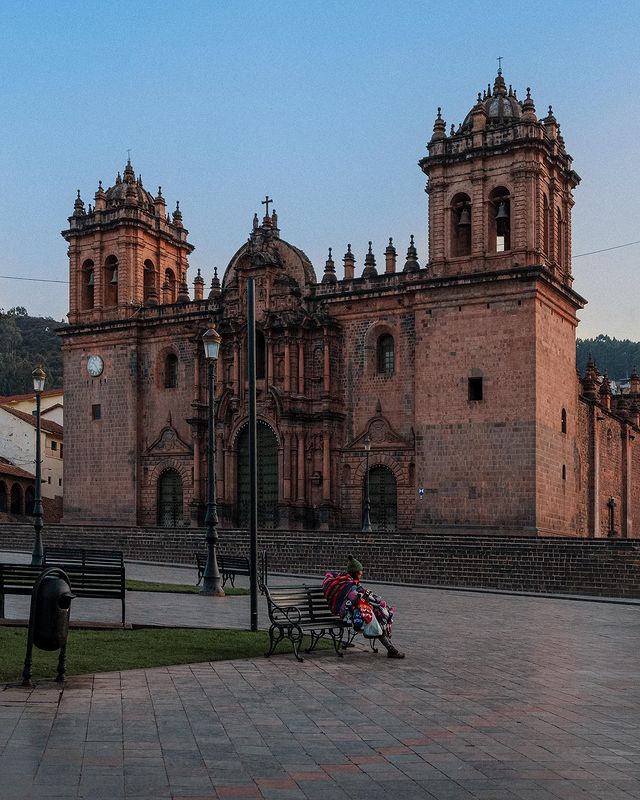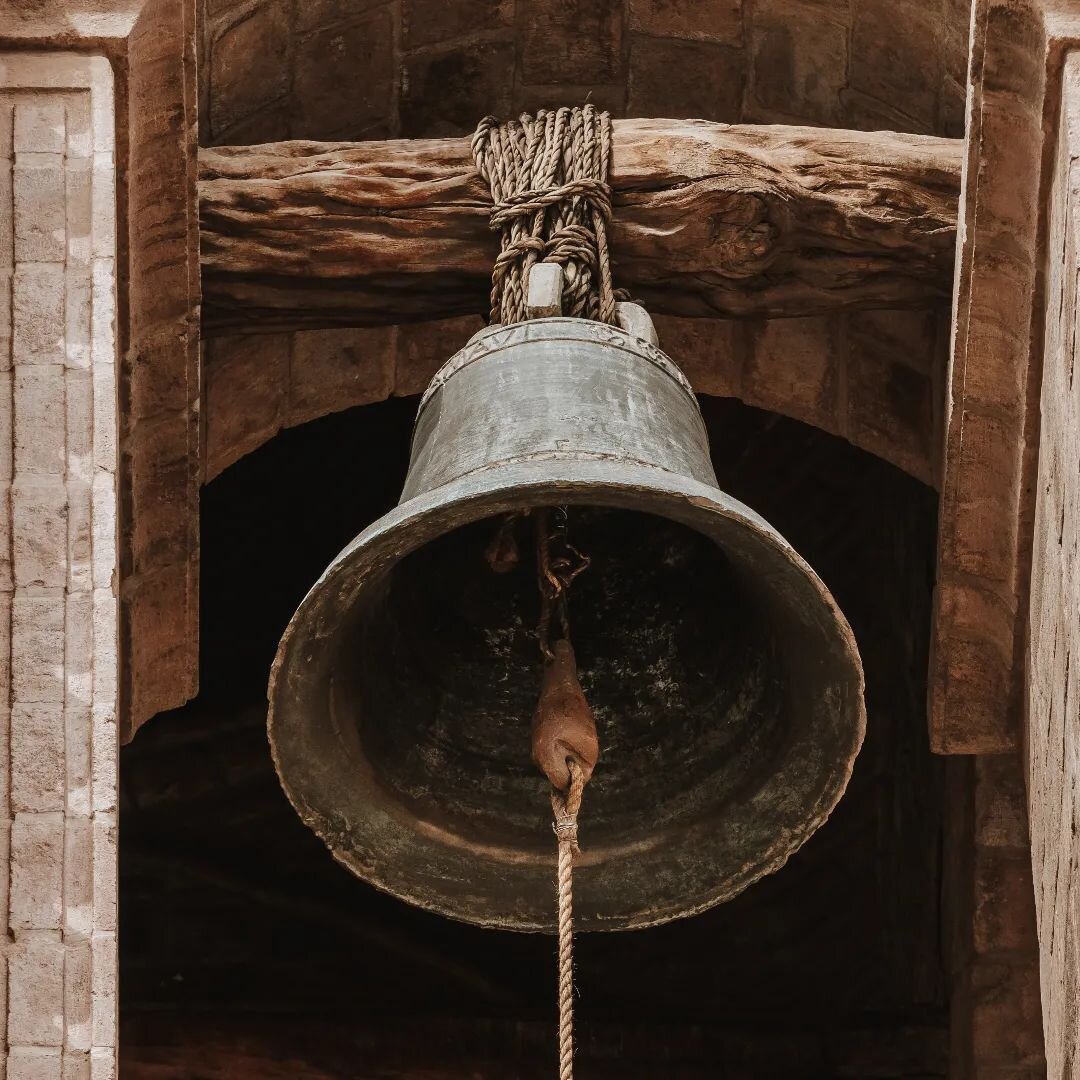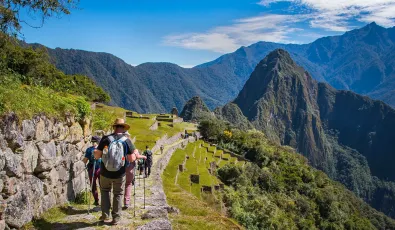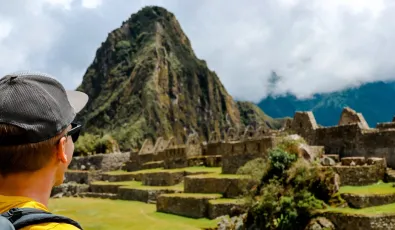When you visit Cusco, you will see and appreciate many attractive buildings. One of those you should not miss out on visiting is the Cathedral of Cusco. It is the main church of the Roman Catholic Archdiocese of Cusco. The emblematic building is considered one of the nation’s cultural heritage sites by UNESCO, and it was built under the city of Cuzco in 1983. The cathedral was built on the main square of Cusco over the ruins of the Kiswarkancha temple. It was dedicated to the deities of the Inca.
Aside from being a place of worship, the cathedral also contains the most significant amount of unique colonial art. In addition, it is home to various archeological artifacts and relics.
The cathedral is located on the city’s historic Plaza de Armas, a walkable distance from most of the city center’s spots.
Table of Contents
Cathedral Basilica of the Assumption of the Virgin
History of the Cathedral
Kiswarkancha
The Inca built a temple known as Kiswarkancha on the main square of Cusco. The temple was built in honor of the gods of the Inca people. These include; the god Sun, the goddess of the moon, the stars, and the rainbow. It was built using large stone blocks that were finely cut without any mortar and fitted together, leaving no space between the stones, which is a typical style of Inca architecture. The temple was magnificently built with so much gold and silver. That was a sacred place for the Inca.
In the 16th Century, however, the Spanish destroyed most of the temple after arriving in Cusco. Instead, they used the ruins as the foundation for the cathedral's construction. Many historians view this act as an overtaking of one religion by another. It was the birth of the present-day Cusco Cathedral.
Basilica Cathedral of our Lady of Assumption
Construction of the cathedral began in 1559 on the foundations of the destroyed temple of Kiswarkancha. It is built in the shape of a Latin Cross and designed in a Gothic-Renaissance style with some baroque touches.
The construction of this cathedral began in 1559, but the structure was not completed until 1654. The Spanish chose to build in on this location to annihilate the Inca religion and replace it with their faith, Spanish Catholic Christianity. The cathedral building started only 26 years after the conquistadores entered Cusco in 1533 when most of the population was still Quechua, Inca. The Spaniards used the Incas as laborers to build the cathedral.
They took the sacred stone from the citadel of Sacsayhuaman located in the hills above the city, destroying it and forcing the Inca people to do the work. That was a degrading act towards the Inca religion. However, the Inca people included their sacred indigenous touches, like the carved head of a jaguar on the cathedral doors.
Spanish architect and conquistador initially drew the design for the cathedral Juan Miguel da Veramendi for the size of an acre (4,000m2). His creation of a Latin cross provided a three-aisled nave where fourteen pillars would only support the roof. Nevertheless, it was constructed for over 95 years, and Spanish priests and architects supervised the building work until its completion in 1654.
What will you see inside the cathedral?
There are vast sights to see inside the cathedral, including catholic artifacts, some of which are colonial craftsmanship. These include the following;
- Altar
- Sacristy
- Artwork
- Maria Angola Bell
- Christ of the Earthquakes.
Altar:
The cathedral harbors two different altars, one in front of the other—the neoclassical embossed silver altar used in front of the lambran (alder-tree). The silver altar was initially made of cedar wood covered in gold flakes but was transformed after Heras Bishop donated some silver to be applied to the alter.
The Sacristy:
It is a decorated part of the cathedral that displays an extensive collection of allegoric paintings from the 18th Century by Marcos Zapata. It also includes different pictures of Cusco’s previous bishops beginning with Valverde, the first resident bishop. In addition, a giant painting of the crucifixion that some local guides say is by a Spanish artist called Alonso Cano.
Artwork:
Most of the artwork at the cathedral is a product of Escuela Cuzquena (Cusco School of Art), which the Spanish built to train the Inca in disciplines of European renaissance artwork. The school is famous in the colonial Americas. Still, Quechua painters only painted Catholic or European scenes and were not allowed to sign their artwork.
Maria Angola Bell:
Maria Angola's bell was cast in 1659 in remembrance of an Angolan slave. This bell is 2.15 meters high and weighs 5980 kilograms; the cathedral’s Northern tower supports it. The slave, according to the old tradition, threw gold in the crucible where it was made. It is only rung on special occasions since it has a crack; however, it claimed the bell could be heard from over 20 miles away.
Christ of the Earthquakes:
That is a black wooden crucifix due to centuries of dust and smoke. The Christ of Earthquakes (The Black Christ) crucifix was not cleaned in the 1990s when they restored most of the cathedral’s interior and stopped burning candles. It is taken each year outdoors on the Monday after Palm Sunday during the Lord of Miracles procession of the Holy Week. That is done in commemoration of the 1650 earthquake.
Know Before You Go.
Visitors can enter the church using the entrance at the Sacred Family Church, located to the left of the cathedral’s facade. Cusco Cathedral is open from Monday to Sunday, from 10 am to 6 pm. Faith and culture shape the history of any given place; it tells the story of the land. It provides a great insight to the tourists of the sacred promise to the people of the land. There is no excellent tourist destination without these two rooted deep in the tales of the land.
Written by







Add new comment